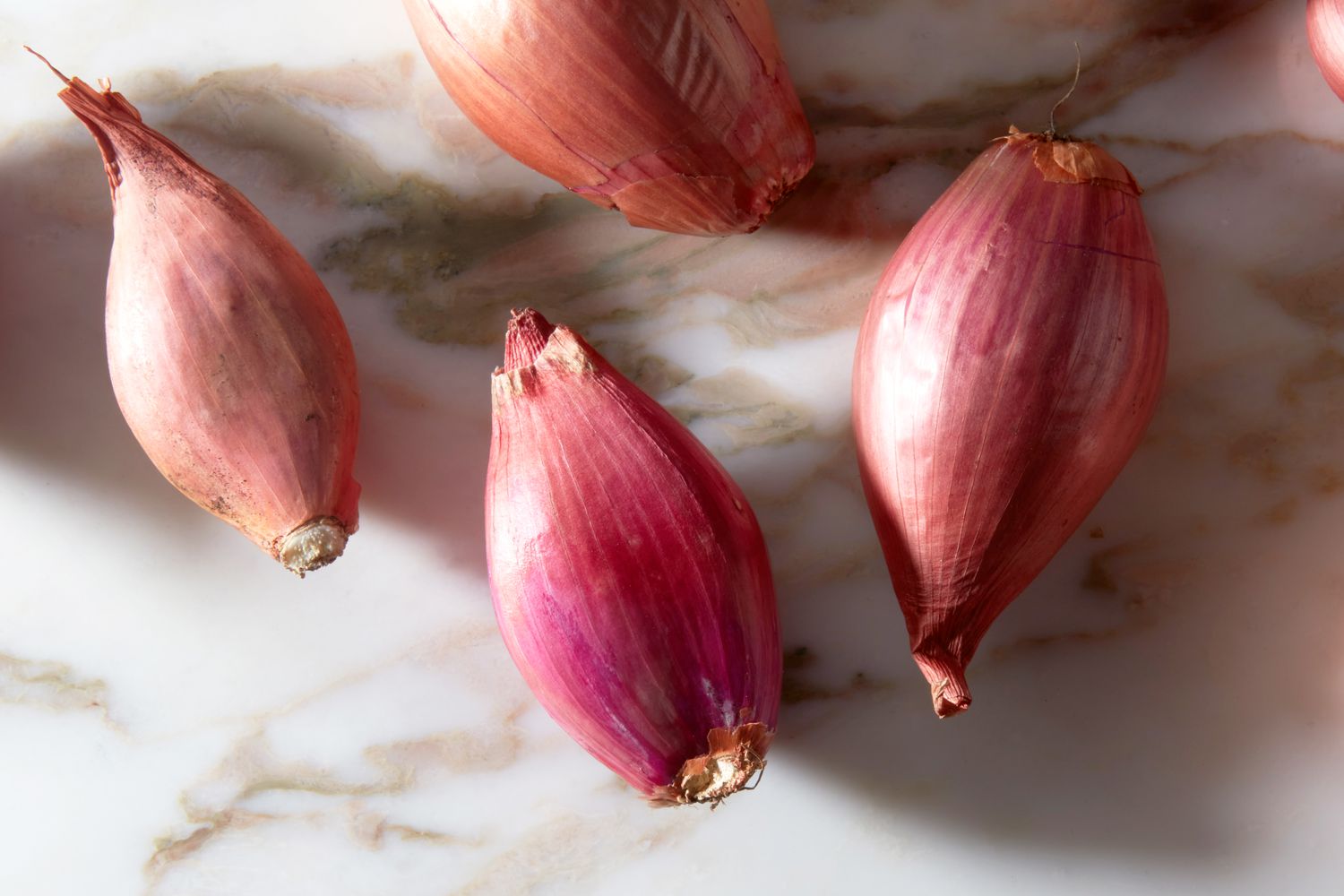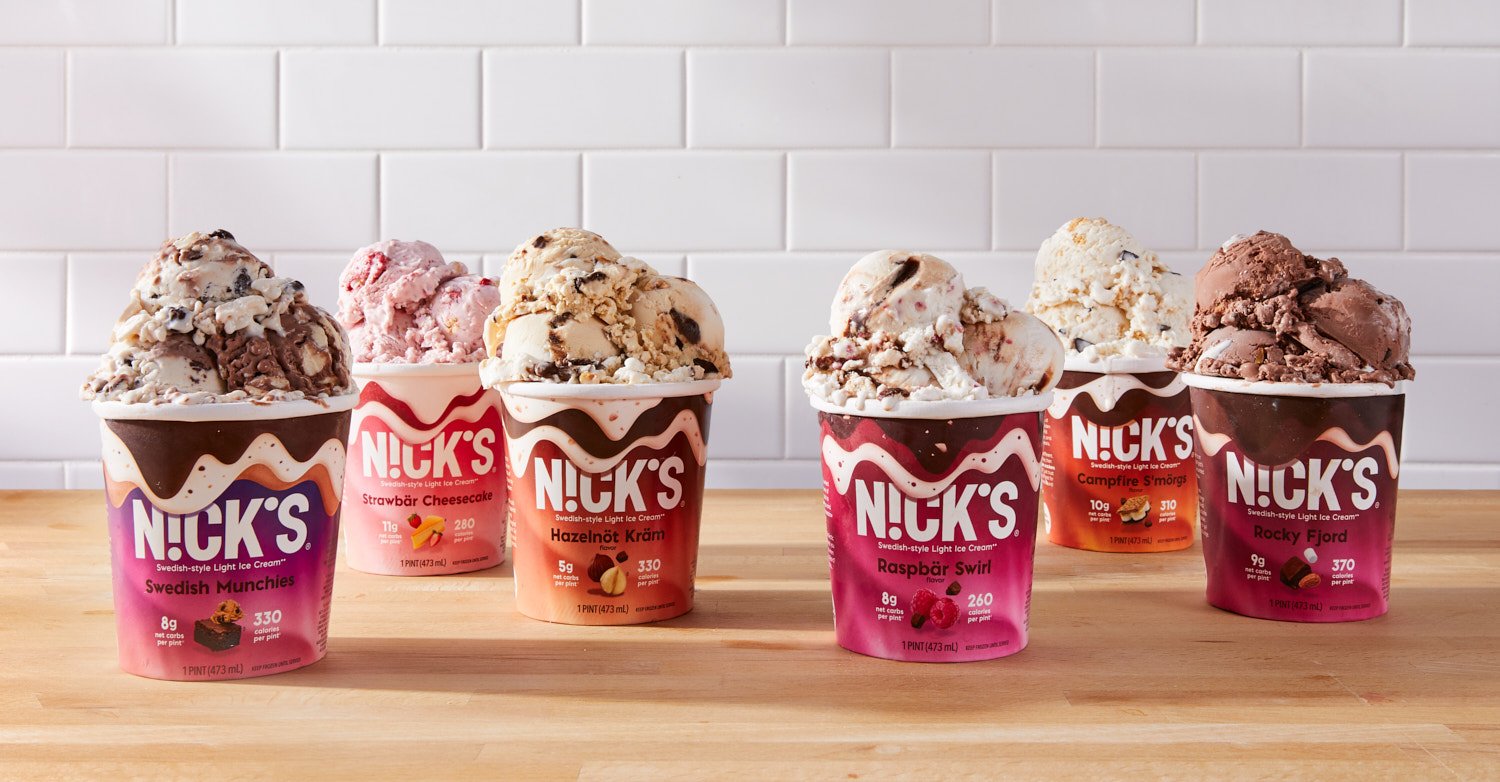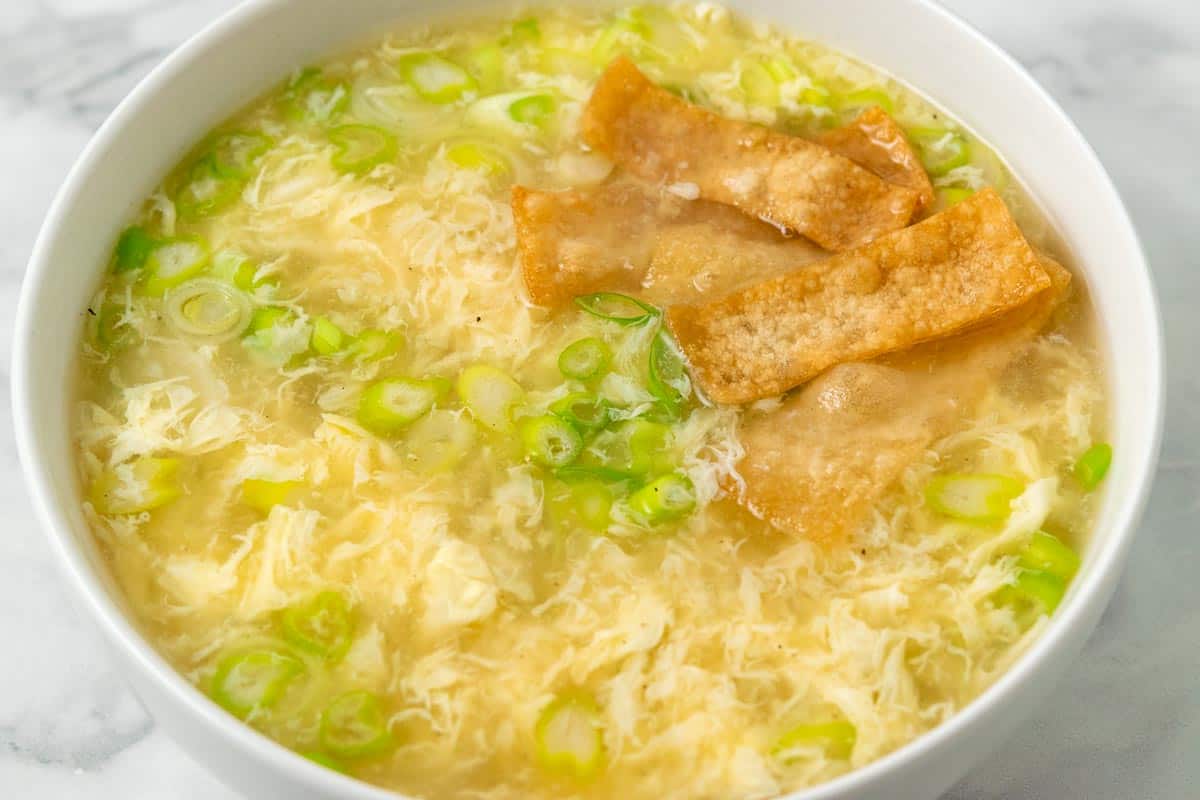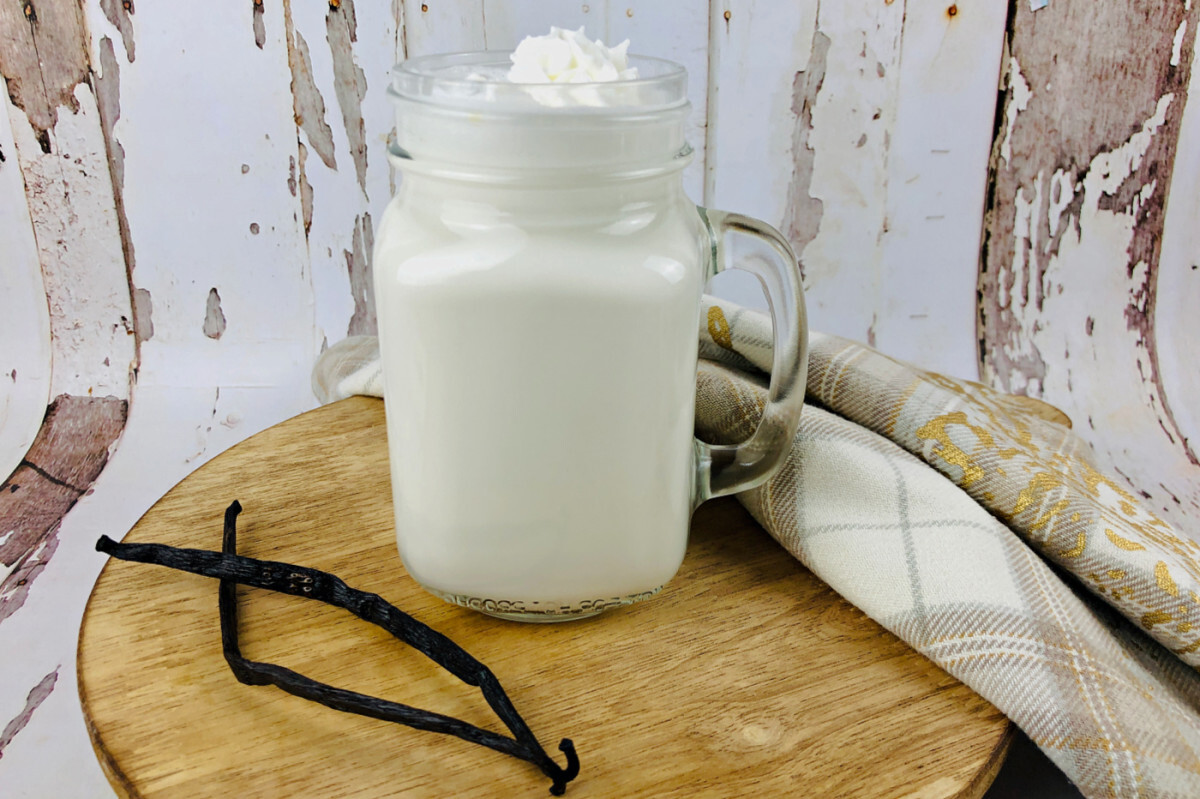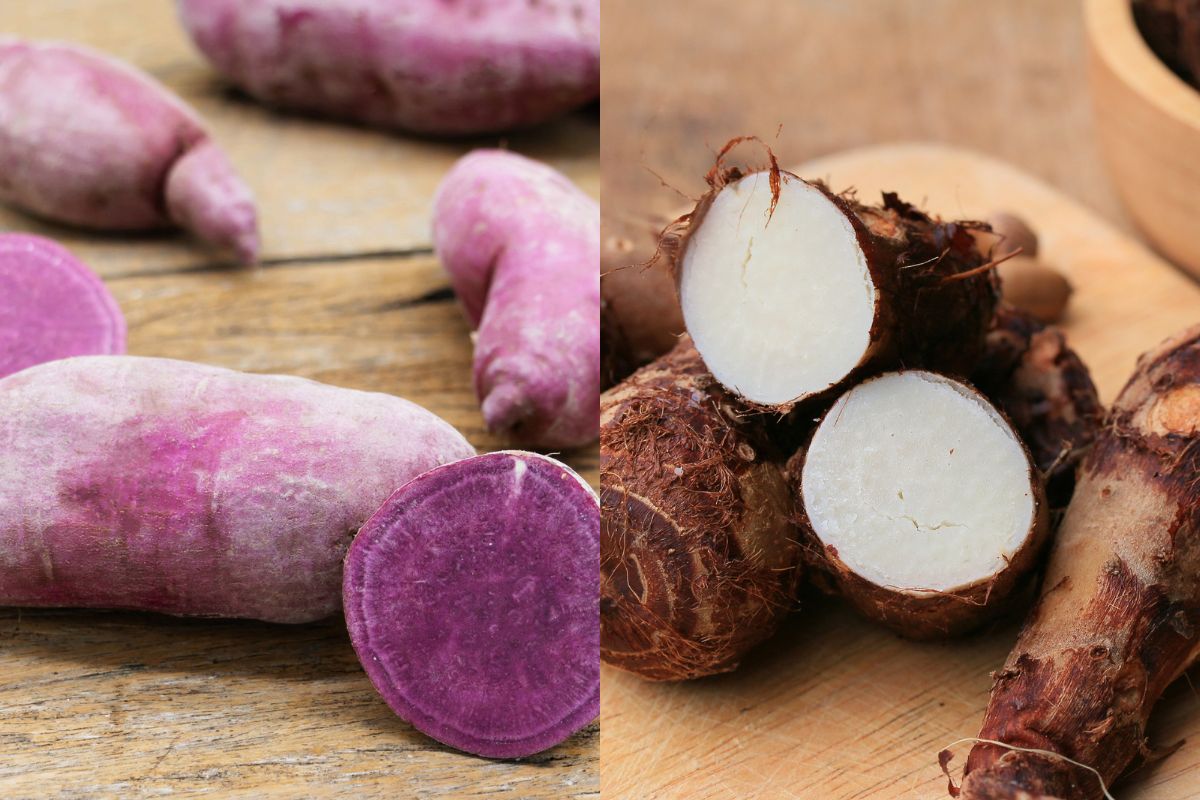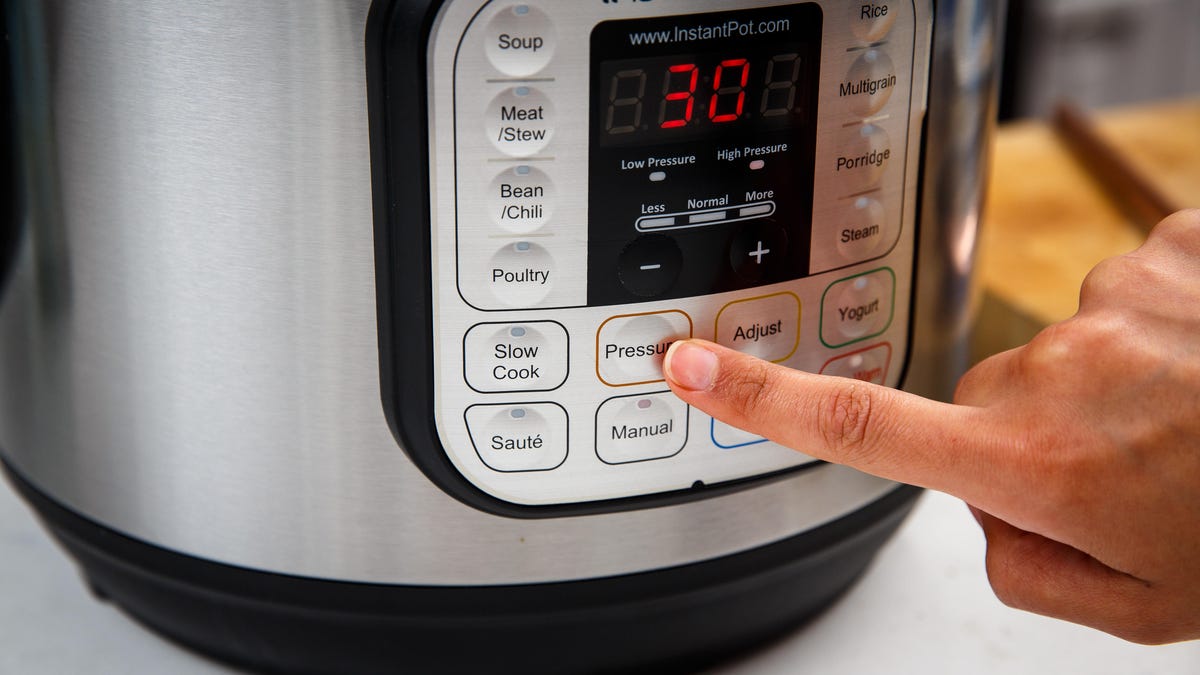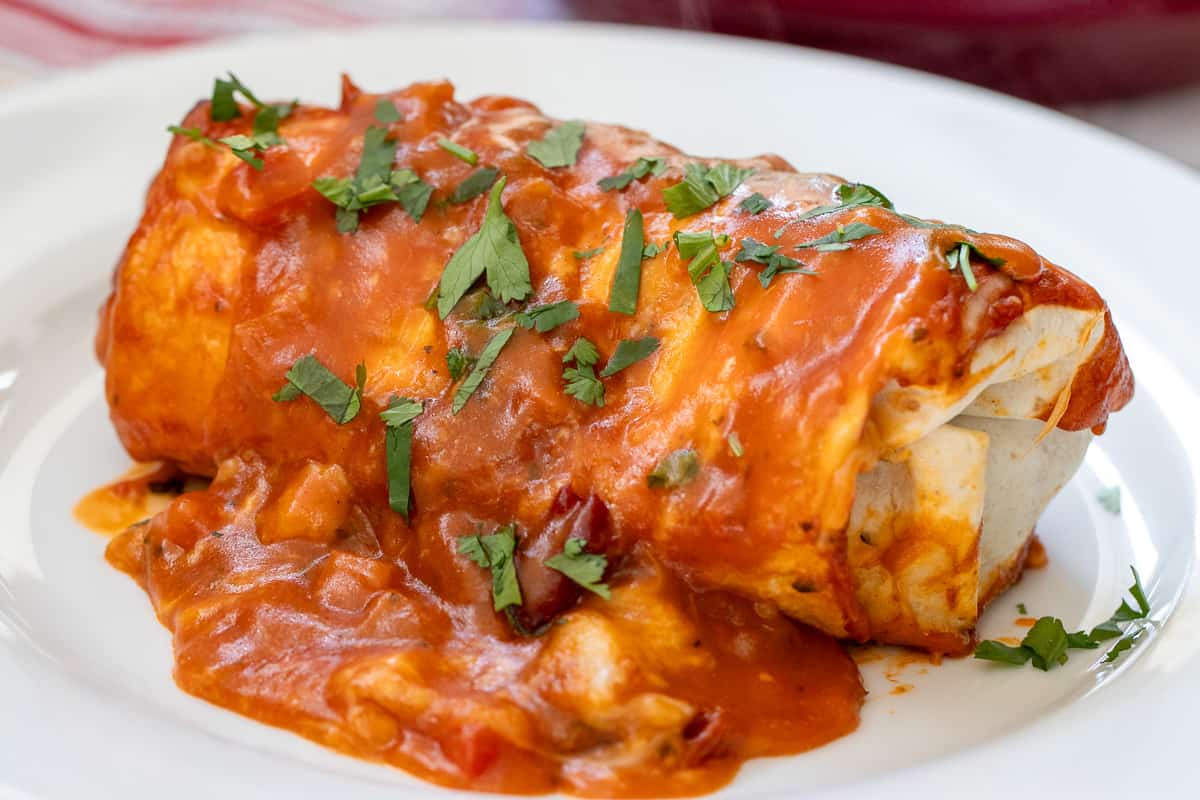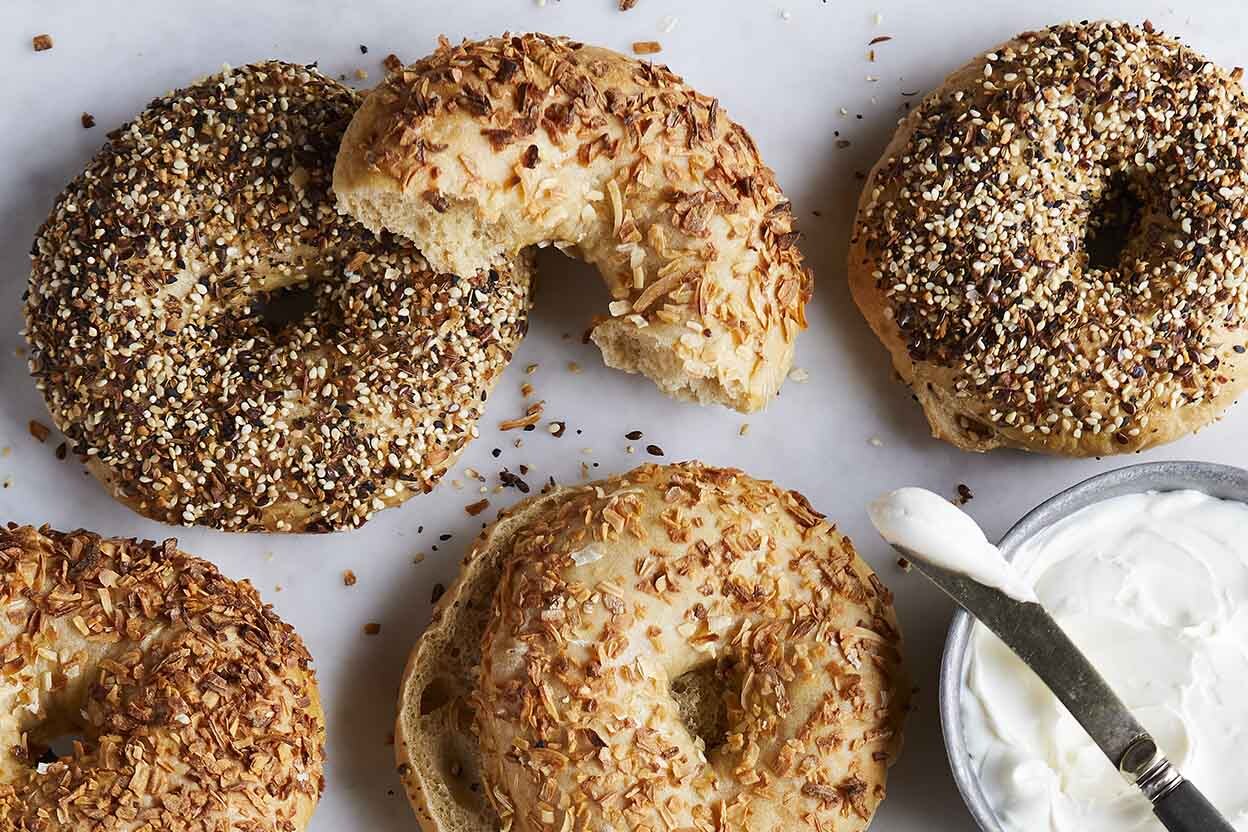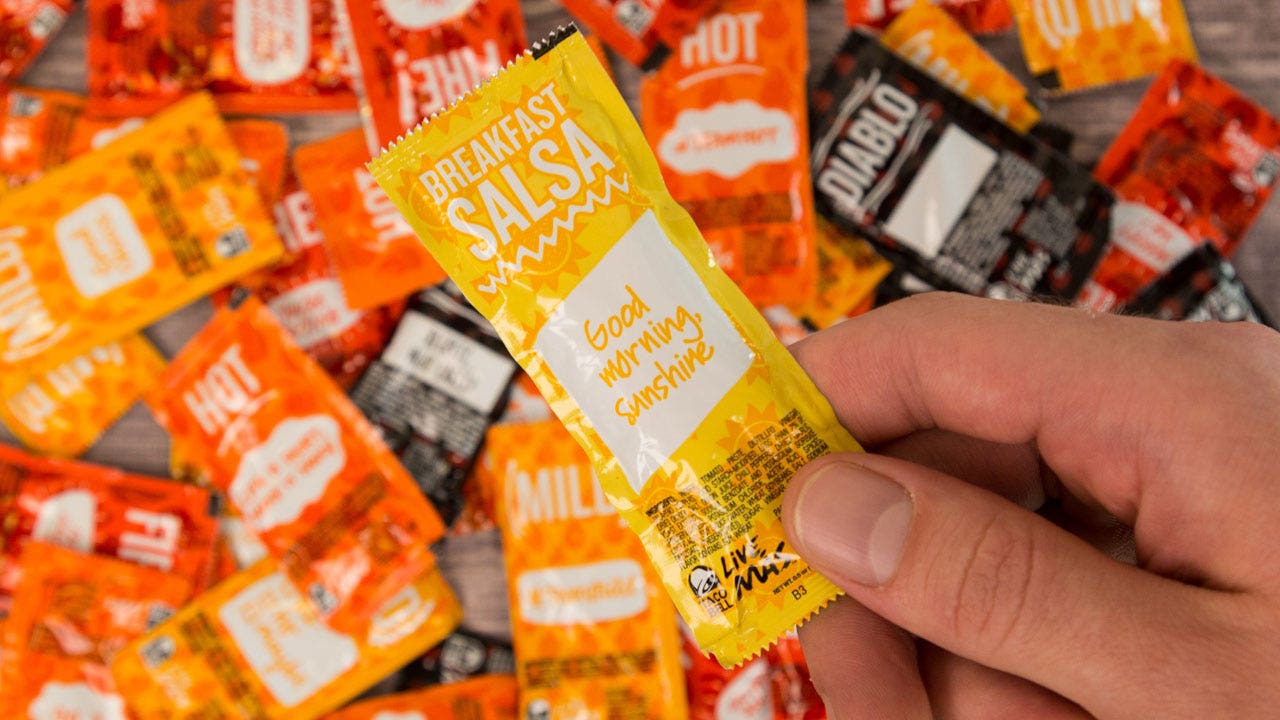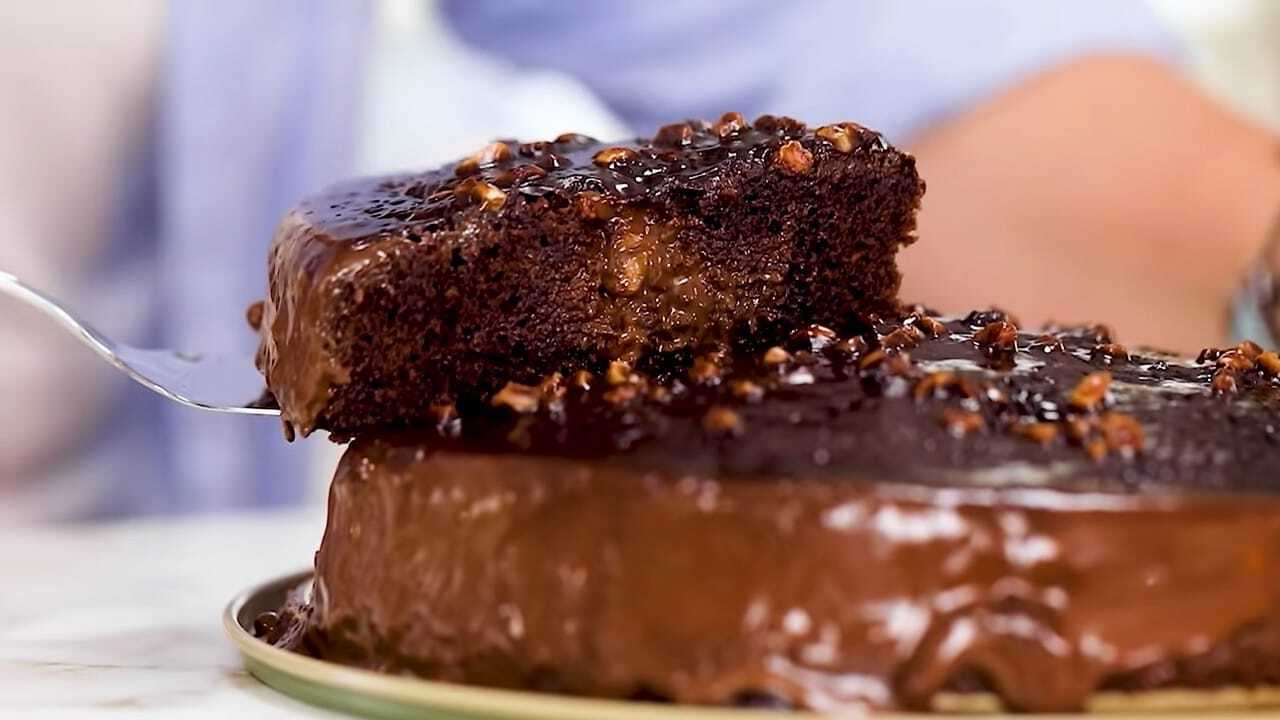Discovering the Delightful Victoria Cake
When it comes to classic British desserts, the Victoria Cake holds a special place in the hearts of many. This delectable treat, also known as Victoria Sponge or Victoria Sandwich, is a timeless favorite that has been enjoyed for generations. Let’s delve into the delightful world of Victoria Cake and uncover what makes it so beloved.
History of Victoria Cake
The Victoria Cake is said to have been named after Queen Victoria, who was known to enjoy a slice of this simple yet elegant cake with her afternoon tea. Its origins can be traced back to the 19th century, making it a longstanding tradition in British baking.
Key Ingredients
The beauty of Victoria Cake lies in its simplicity. The key ingredients include:
- Flour: Provides the structure and texture of the cake.
- Sugar: Adds sweetness and helps to create a light, airy crumb.
- Eggs: Contribute to the richness and moisture of the cake.
- Butter: Enhances the flavor and texture of the cake.
- Jam: Traditionally, raspberry or strawberry jam is used as a filling.
- Whipped Cream: Some variations of the Victoria Cake include a layer of whipped cream along with the jam filling.
The Perfect Technique
Creating the perfect Victoria Cake requires a gentle and precise approach. Here are the basic steps to achieve a delightful result:
- Creaming the Butter and Sugar: Beat the butter and sugar together until light and fluffy.
- Adding the Eggs: Gradually add the eggs, one at a time, mixing well after each addition.
- Folding in the Flour: Gently fold in the flour to maintain the airiness of the batter.
- Baking: Divide the batter between two cake pans and bake until golden and springy to the touch.
- Assembling: Once the cakes have cooled, spread jam (and whipped cream, if desired) on one cake layer and place the other layer on top.
- Dusting with Sugar: Finish the cake with a dusting of powdered sugar on top.
Variations and Adaptations
While the traditional Victoria Cake is a beloved classic, there are endless opportunities for creative variations and adaptations. Some popular twists on the original recipe include:
- Adding a hint of lemon zest to the cake batter for a refreshing citrus flavor.
- Experimenting with different types of jam, such as apricot or blackberry, to create unique flavor combinations.
- Layering the cake with fresh berries along with the jam and cream for a burst of fruity goodness.
- Creating miniature Victoria Cupcakes for a charming individual serving option.
Enjoying Victoria Cake
Victoria Cake is best enjoyed alongside a steaming cup of tea or coffee, making it the perfect accompaniment to a leisurely afternoon break. Whether served at a quaint tea party or as a sweet ending to a family meal, this timeless dessert never fails to delight.
So, the next time you’re craving a taste of British tradition, consider baking a luscious Victoria Cake. With its rich history, simple elegance, and endless possibilities for personalization, it’s no wonder that this delightful treat continues to hold a cherished place in the world of baking.
Was this page helpful?
Read Next: What Is The White Stuff On Chicken Breast?
